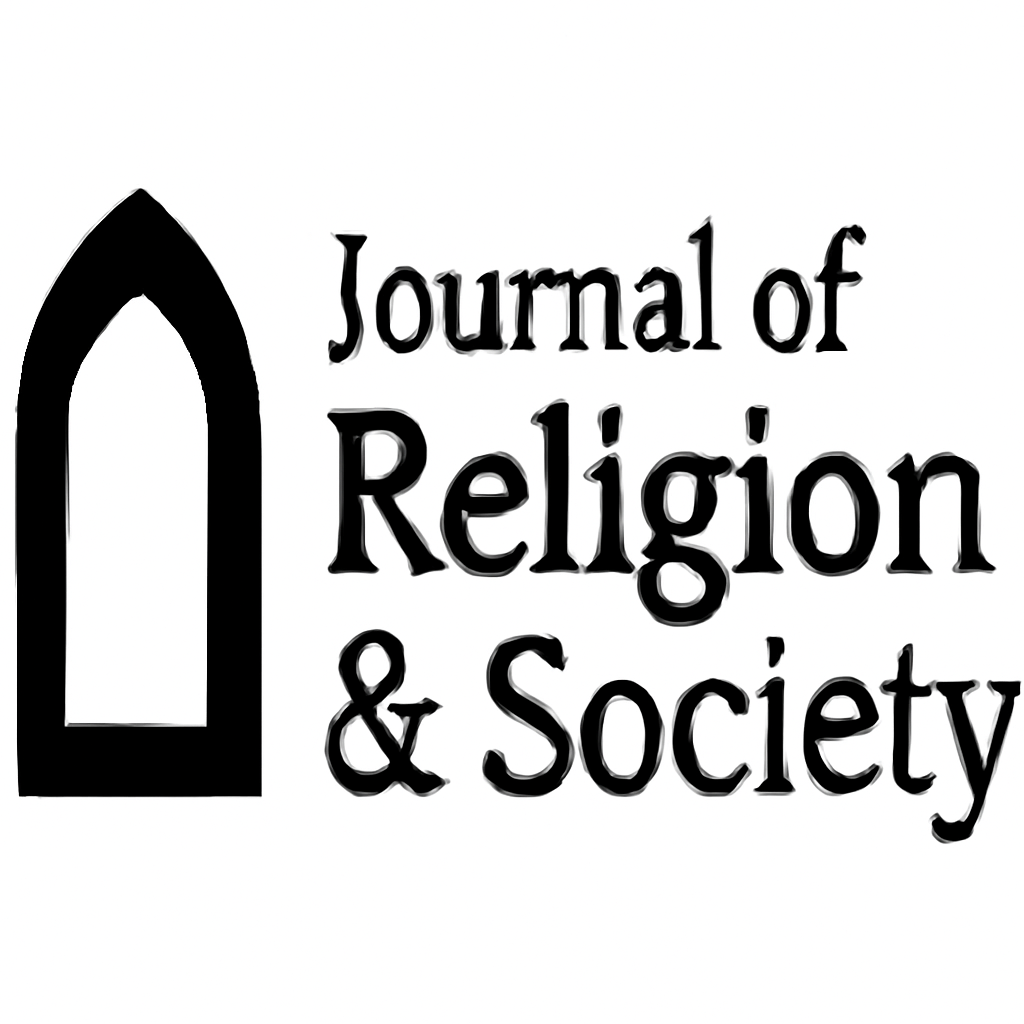REFUTATION OF THE OBJECTIONS OF THE DISBELIEVERS, POLYTHEISTS, AND JEWS AGAINST THE PROPHET MUHAMMAD (ﷺ) IN TAFSIR SIRAJ-UL-BAYAN BY HANIF NADVI (رحمة الله عليه)
Abstract
This research paper examines the responses of Maulana Muhammad Hanif Nadwi (1908–1986) in Tafseer Siraj al-Bayan to the objections raised by the disbelievers, polytheists, and Jews against the prophethood of Prophet Muhammad ﷺ and the divine message of the Qur’an. Nadwi, a renowned scholar and Qur’anic exegete, skillfully refutes these objections through Qur’anic arguments, historical evidence, and rational reasoning. The study highlights Nadwi’s analytical approach in addressing accusations such as denial of prophethood, claims of sorcery or madness, rejection of the Qur’an, and personal criticisms of the Prophet ﷺ. It also explores Nadwi’s explanations regarding issues like the revelation of the Qur’an, the philosophy behind the Prophet’s multiple marriages, and specific incidents like the marriage of Zainab (RA). The findings demonstrate that Nadwi’s exegetical style combines intellectual rigor, textual evidence, and literary eloquence to defend the Prophet ﷺ and the Qur’anic message against false allegations, thereby reaffirming the truthfulness and universality of Islam.
Keywords: Tafseer Siraj al-Bayan, Hanif Nadwi, objections against Prophethood, Qur’anic exegesis, refutation of accusations, Prophet Muhammad ﷺ, Islamic scholarship





